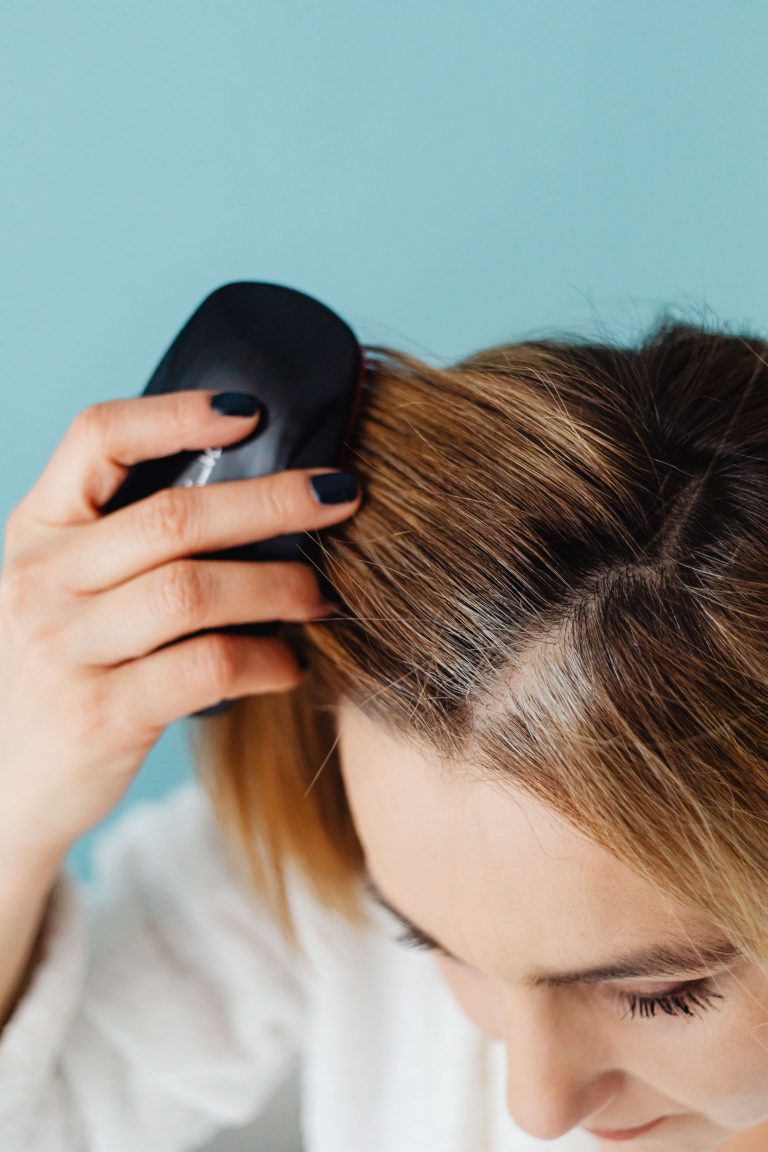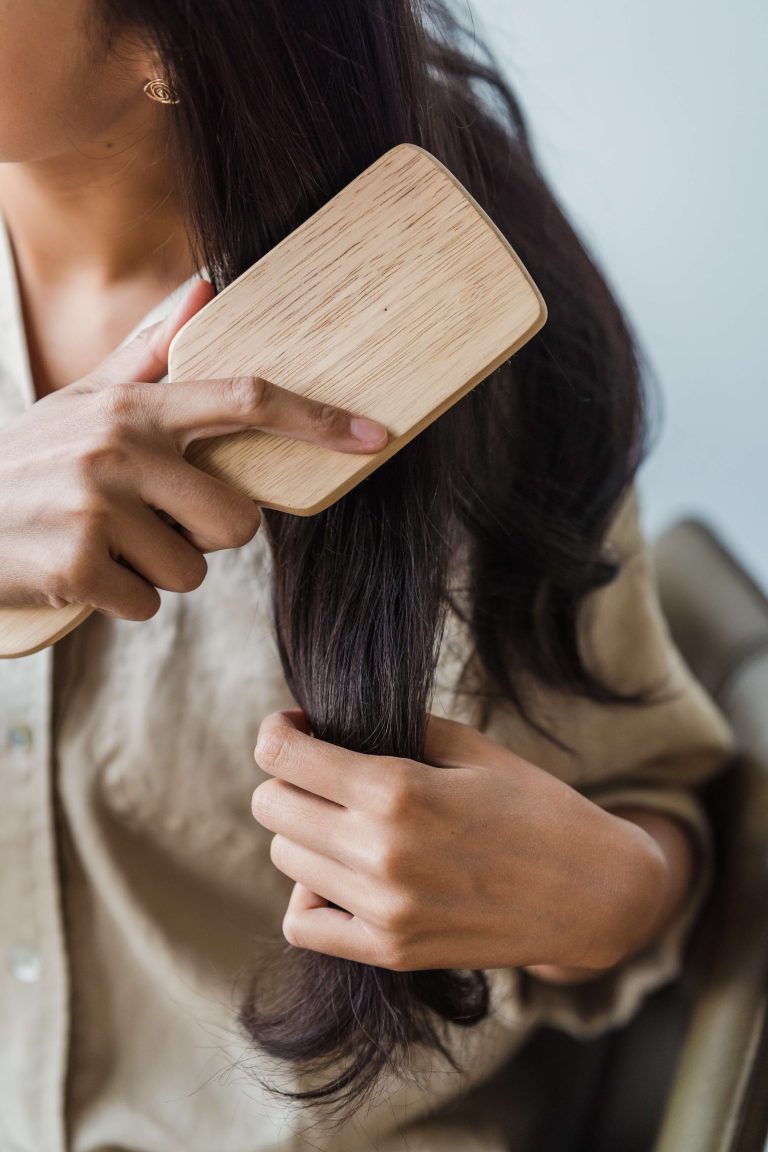FAQ's
Covid 19 Notice
Elite Hair Clinic will be continuing to operate within the guidelines and standards set out by the Australian Government and NSW Department of Health.
We offer free remote consultations by way of telephone and email.
Every precaution is being taken in regards to sanitation, disinfection, and general workplace hygiene to ensure our clients and employees enter a clean and safe environment at Elite.
All Employees of Elite Hair Clinic are instructed to take measures to avoid using public transport. We also advise patients, if possible, to also do so on the day of the procedure and in the days leading up.
For those who had planned to travel overseas for their Hair Transplant procedure, Elite offers you a service that is unparalleled.
We are more than happy to assist you in organising your procedure at Elite with the best team looking after you on Australian soil.
If you have any questions, please feel free to call our clinic or book a free consultation with Dr Sam Freedman and you will see why Elite is considered the number one clinic in Sydney for FUE hair transplants.
What is Follicular Unit Extraction?
(FUE) is the most advanced hair transplantation technique in which follicular unit grafts are individually removed from the patient’s donor area and then individually transplanted to the recipient area. The hair is placed at an angle that matches the recipients existing or original hair style. This is the latest non-surgical method of hair transplantation in which follicular units are removed individually as the follicles naturally grow with single or multiple hair grafts, some grafted follicles can contain as many as 4 hairs.
Single hair grafts are used to lower or rebuild a hairline and follicles multiple hair groupings are used to increase density to create a fuller, healthier head of hair.
FUE is not limited to just correcting hair loss on the top of head. FUE can also be used to restore hair on the eyebrows, mustaches and beards and sideburns.
How is FUE Performed?
Why Choose FUE?
The main advantage of the modern day Follicular Unit Hair Transplant is the ability to re-create a naturally looking hairline and overall aesthetically pleasing result without causing any unnecessary scarring.
Other reasons to choose FUE include:
- Follicular Unit Extraction (FUE) is less invasive
- It does not leave an unsightly, tell-tale linear scar (as with FUT)
- There is a faster and less painful recovery
- The transection rate is very low in experienced hands
- Maximizes donor hair for harvesting
- FUE scars are virtually, if not completely, undetectable
- Patients can wear their hair short (no scarring)
- FUE can be performed even when the scalp is too tight for strip harvesting
- Hair transplantation is the only proven, permanent and natural solution to hair loss
- If required, multiple FUE procedures can be performed over time
What are the applications for FUE?
How long does FUE last?
Do I have to take finasteride after a hair transplant?
Are there risks associated with FUE?
Do I have to shave my head for FUE?
It is not a requirement for a hair transplant to shave the whole of the head.
You will not need to shave or cut your hair on top prior to the procedure. We prefer that you do not, as your existing hair gives us a guide to the direction and angulation we need to make the incisions for the new grafts.
We may need to trim the recipient area to improve access during planting the grafts. Planting follicles in between long hair makes the work difficult to perform. It is also helpful with aftercare.
The donor area is shaved down to a zero. Where someone, particularly a female, has long hair we lift the hair, above the donor area, up and shave under it, so that when the hair falls back it will cover up the donor area.
Hair outside of the donor and recipient areas can be left completely alone. Often this enables one to partially or fully hide the new grafts.
What is the goal of a hair transplant?
Why is it not possible to achieve normal density
Why do individual results vary?
How much does it cost?
Refer to Our Pricing to see our prices. We can also include travel, transfers and accommodation at your request.
Fill in our online inquiry form and upload some current photos and we will respond with an estimate on how many grafts you may need. Ideally include 1 or 2 photos of yourself before the hair loss as well.











